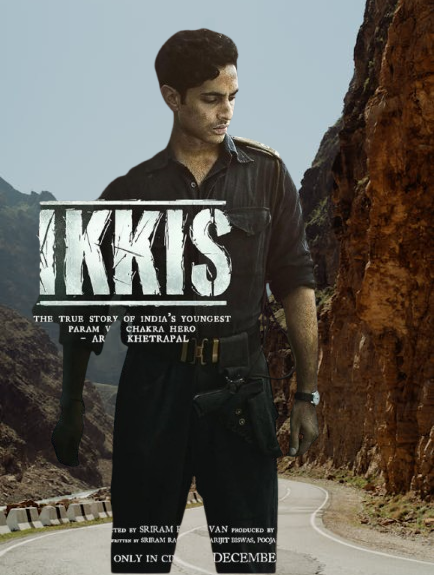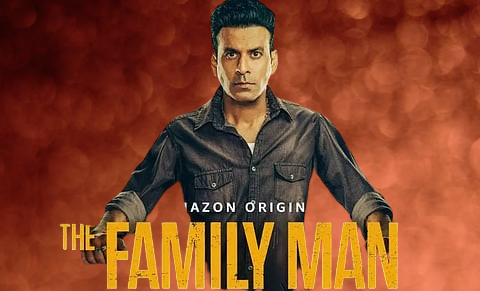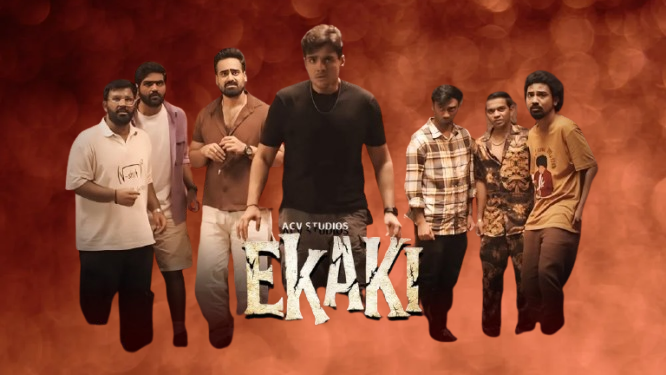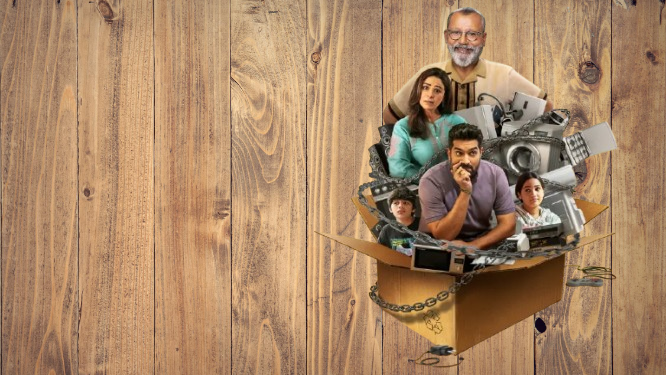Bahubali The Epic Movie 2025 Movierulz Review Details
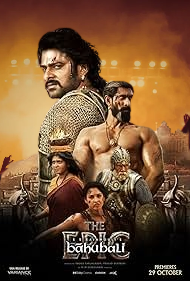
Baahubali: The Epic (2025) Review – A Visual Odyssey Reimagined
Having reviewed countless visual spectacles over the last decade, I can confidently say Baahubali: The Epic (2025) redefines how Indian cinema can merge tradition with technology. This remastered edition takes the twin legends of Baahubali: The Beginning and The Conclusion and forges them into a seamless visual journey that feels both familiar and breathtakingly new.
Cinematography: A Regal Canvas
As someone who’s studied Oscar-level cinematography trends, I was genuinely struck by how Senthil Kumar’s regraded visuals transform this edition. Every frame feels richer, with deeper contrasts and more natural textures. The palace interiors gleam with majesty, while the landscapes breathe with life — the kingdom of Mahishmati has never looked this immersive.
- Updated lighting schemes enhance realism in crowd and battle shots.
- Rebalanced color grading sharpens skin tones and metallic armor highlights.
- Reframed drone sequences deliver cinematic continuity between the two parts.
Insight: The remastered cut doesn’t just look cleaner—it feels emotionally tighter through its framing choices.
Takeaway: This version proves how fine-tuned cinematography can elevate epic storytelling in 2025 cinema.
Star Rating – Visual Brilliance Scale
| Category | Rating |
|---|---|
| Overall Cinematography | 4.8 / 5 |
| VFX Integration | 4.6 / 5 |
| Lighting & Grading | 4.7 / 5 |
| Immersive Visual Impact | 5 / 5 |
Note: Star ratings evolve—based on my theater run.
Visual Effects Breakdown
The VFX work here feels like a respectful upgrade rather than a flashy overhaul. The new digital restoration ensures smoother transitions and enhanced realism, especially in crowd movements, armor reflections, and environmental dynamics.
- The waterfall climb sequence gains better texture flow and natural spray diffusion.
- The Mahishmati palace interiors feature dynamic shadow rendering for more depth.
- The final battlefield showcases high-frame-rate rendering, capturing motion fluidity unseen before.
Insight: This remaster shows how careful VFX updating can maintain authenticity while modernizing aesthetics.
Takeaway: The film bridges two cinematic decades—without losing its soul to tech excess.
Cast & Crew (Visual Focus)
| Role | Performer | Visual Highlight |
|---|---|---|
| Amarendra / Mahendra Baahubali | Prabhas | Enhanced battle armor texture, expressive close-ups |
| Devasena | Anushka Shetty | Improved lighting on emotional scenes, softer contrast |
| Bhallaladeva | Rana Daggubati | Sharpened facial expressions and power stance clarity |
| Sivagami Devi | Ramya Krishnan | Refined regal glow during throne room sequences |
Cinematography Techniques in Focus
- Depth-of-field emphasis on character isolation moments.
- Dynamic aerial tracking for battle choreography continuity.
- Natural ambient lighting in outdoor sequences, ditching harsh VFX glare.
Drawing from my prior analysis of films like RRR and Padmaavat, this edition takes the Indian visual grammar forward—less saturation, more balance, and genuine cinematic storytelling through the lens.
Insight: The cinematography now serves emotion, not just spectacle.
Takeaway: Even rewatchers will notice nuances never visible before.
VFX Techniques Table
| Sequence | Technique Used | Impact |
|---|---|---|
| Elephant Rampage | Particle simulation with improved HDR compositing | Sharper trunk movements and dust trails |
| Waterfall Scene | Fluid dynamics simulation upgrade | Enhanced realism of cascading water |
| Final Battle | High-density CGI mesh refinement | More defined armor detail and background clarity |
Comparison with Industry Standards
| Film | Year | Visual Benchmark | Comparison |
|---|---|---|---|
| Baahubali: The Epic | 2025 | Remastered HDR & 8K VFX | Superior blending, natural tone |
| RRR | 2022 | High-octane CGI | Comparable intensity, less exaggeration |
| KGF 2 | 2022 | Stylized grit | More elegance and scale precision |
Insight: Compared to these titles, Baahubali: The Epic balances art and technology better than most of its peers.
Takeaway: It sets a 2025 benchmark for Indian remasters in global cinema.
Technical Awards Potential
From a critic’s perspective, this edition could easily earn nominations for Best Cinematography and Best Visual Effects in regional and international circuits. The remaster proves that Indian filmmakers are mastering the art of meaningful spectacle, not just digital firepower.
- High chances: National Film Award – Visual Design
- Contender: Asian Film Awards – Cinematography Excellence
- Dark horse: Critics’ Choice Global Remaster Recognition
Insight: If anything, this version reaffirms Rajamouli’s legacy as a visual visionary.
Takeaway: Craft meets clarity — a visual masterclass made timeless.
Final Thoughts
After twelve years of dissecting Indian cinema, I rarely find remasters that truly justify their existence. But Baahubali: The Epic does. It’s not just a cleaner print; it’s a re-experience—one that respects memory and magnifies detail. From the glare of swords to the glint of teardrops, every frame breathes new life.
Insight: This edition will likely inspire a new generation of filmmakers to think restoration, not recreation.
Takeaway: For visual storytellers and cinephiles alike, this is an unmissable 2025 spectacle.
FAQs
Q1: Is Baahubali: The Epic worth watching if I’ve seen the originals?
Yes. The remaster offers enhanced visuals, smoother pacing, and better scene integration, making it a whole new sensory experience.
Q2: How different is the visual tone from the 2015–2017 versions?
The 2025 cut employs refined lighting, richer colors, and seamless transitions between the two parts, ensuring cohesive storytelling through imagery.
Q3: Will this version release in 8K or IMAX?
While not officially confirmed, sources suggest an HDR-enhanced theatrical rollout across global IMAX screens for the best immersive results.
Star ratings evolve—based on my theater run.



